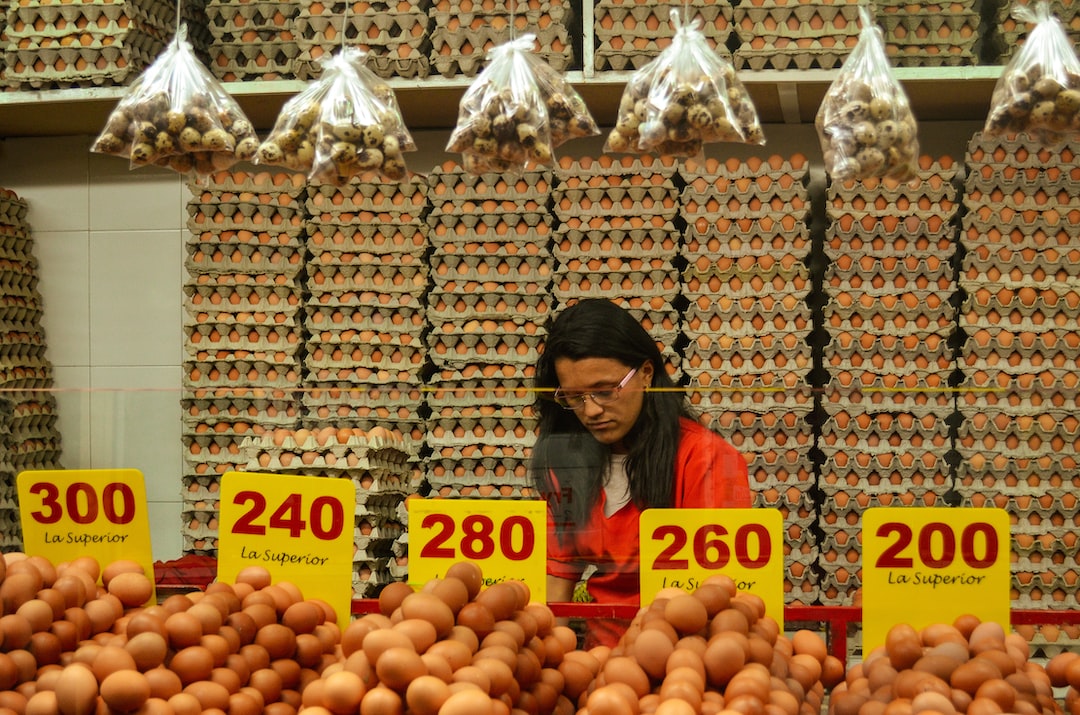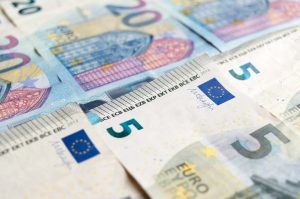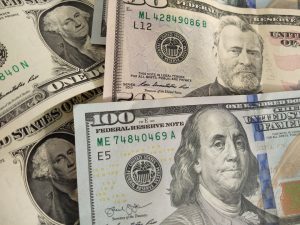Forex trading is one of the most volatile and unpredictable financial markets. The market’s volatility is measured by the implied volatility, which is the market’s estimate of how much the exchange rate is likely to fluctuate in the future. Implied volatility plays a crucial role in currency trading as it provides traders with an estimate of the expected price range for a currency pair. This article will explain how forex calculates the implied volatility.
What is Implied Volatility?
Implied volatility is a statistical measure that gauges the expected future volatility of an asset’s price. It is derived from the market’s demand for options contracts on a particular asset. Options contracts give buyers the right to buy or sell an underlying asset at a specified price within a specific time frame. Options traders use implied volatility to price options contracts, and the higher the implied volatility, the more expensive the options contract.
In forex, implied volatility is calculated by using the prices of currency options. Currency options are contracts that give the holder the right, but not the obligation, to buy or sell a specific currency at a predetermined exchange rate within a specific time frame. The prices of currency options reflect the market’s expectation of the currency’s future volatility.
How is Implied Volatility Calculated?
Implied volatility is calculated using an options pricing model, such as Black-Scholes or the Binomial Model. These models use various input parameters, including the current asset price, the strike price, the time to expiration, and the risk-free interest rate, to calculate the fair value of an options contract.
Once the fair value of an options contract is determined, the model can be reversed to find the implied volatility that would make the market price of the options contract equal to its fair value. The implied volatility calculated in this way represents the market’s expectation of the asset’s future volatility.
In forex, the implied volatility of a currency pair is calculated using the prices of currency options. The prices of currency options are typically quoted in terms of their implied volatility, as it is more intuitive for traders than the option price. For example, an options contract with an implied volatility of 10% means that the market expects the underlying asset to move up or down by 10% over the life of the contract.
Why is Implied Volatility Important in Forex Trading?
Implied volatility is a crucial factor in forex trading as it provides traders with an estimate of the expected price range for a currency pair. Traders can use implied volatility to determine the appropriate strike price for an options contract, as well as to adjust their risk management strategies.
For example, a trader expecting a high degree of volatility in a currency pair may choose to buy an options contract with a higher strike price to limit their potential losses. Alternatively, a trader may choose to sell an options contract with a lower strike price to generate additional income, as the market is less likely to move beyond the strike price.
Implied volatility is also essential for forex traders who use technical analysis to make trading decisions. Technical indicators, such as Bollinger Bands, use implied volatility to create price channels that can help traders identify potential entry and exit points.
Conclusion
Implied volatility is a crucial factor in forex trading as it provides traders with an estimate of the expected price range for a currency pair. Implied volatility is calculated using the prices of currency options and is used to price options contracts and adjust risk management strategies. Forex traders should pay close attention to implied volatility when making trading decisions and use it to inform their technical analysis and risk management strategies.






